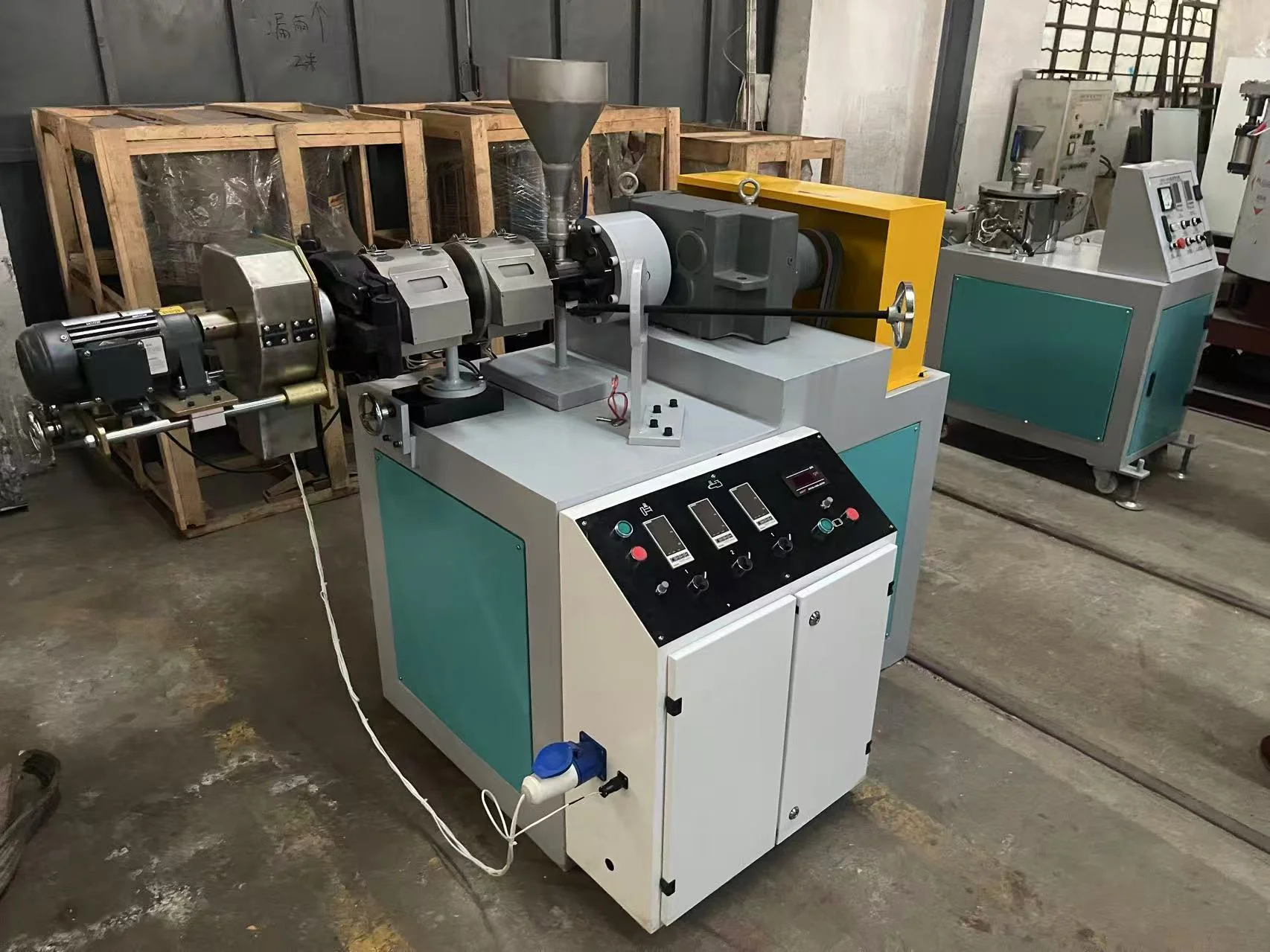Soldering is a fundamental skill in electronics, enabling the creation of reliable connections between components. However, the quality of a solder joint is heavily influenced by the preparation of the wires involved. One crucial aspect that often goes overlooked is what you put on wires before soldering. This article delves into the various preparations and materials that can enhance your soldering experience, ensuring strong, conductive, and durable connections.
Understanding the Importance of Wire Preparation
Before diving into the specifics of what to apply to wires, it’s essential to understand why preparation matters. Properly prepared wires ensure that solder adheres effectively, creating a solid electrical connection. Poorly prepared wires can lead to weak joints, increased resistance, and ultimately, circuit failure. Therefore, investing time in wire preparation is critical for any successful soldering project.
- Cleaning the Wires
The first step in preparing wires for soldering is cleaning. Oxidation and contaminants can significantly hinder solder adhesion. Here are some effective cleaning methods:
- Mechanical Cleaning: Use fine sandpaper or a wire brush to remove oxidation from the wire surface. This method is particularly effective for thicker wires or those with heavy oxidation.
- Chemical Cleaning: For finer wires or delicate components, consider using isopropyl alcohol or a specialized electronics cleaner. Apply the cleaner with a lint-free cloth or a cotton swab to ensure that the wire is free from oils, dust, and other contaminants.
- Applying Flux
Once the wires are clean, the next step is to apply flux. Flux is a chemical cleaning agent that facilitates soldering by preventing oxidation during the heating process. Here’s why flux is essential:
- Improved Wetting: Flux helps solder flow more easily over the wire surface, ensuring a better bond.
- Oxidation Prevention: By creating a barrier, flux prevents further oxidation of the metal during the soldering process.
When choosing flux, consider the following types:
- Rosin Flux: This is the most common type used in electronics. It’s non-corrosive and leaves minimal residue, making it ideal for most applications.
- Water-Soluble Flux: While effective, this type requires thorough cleaning after soldering to prevent corrosion.
- No-Clean Flux: This flux leaves a residue that is safe to leave on the circuit, making it a convenient choice for many applications.
- Tinning the Wires
Tinning is the process of applying a thin layer of solder to the wire before making a connection. This step is crucial for several reasons:
- Enhanced Conductivity: Tinned wires have improved electrical conductivity, which is vital for efficient circuit operation.
- Easier Soldering: Tinned wires are easier to solder, as the solder will flow more readily onto the pre-tinned surface.
To tin wires, follow these steps:
- Heat the wire with a soldering iron.
- Feed solder into the wire until it is evenly coated.
- Allow it to cool before proceeding to make connections.
- Choosing the Right Solder
The type of solder you use can also impact the quality of your connections. Here are some considerations:
- Lead-Based vs. Lead-Free: Lead-based solder (typically 60/40 tin/lead) is easier to work with and has a lower melting point, but it poses health risks. Lead-free solder is more environmentally friendly but requires higher temperatures and may be more challenging to work with.
- Diameter of Solder: Thinner solder is easier to control and is ideal for delicate work, while thicker solder is better for larger connections.
- Final Inspection and Testing
After soldering, it’s crucial to inspect your work. Look for:
- Smooth, Shiny Joints: A good solder joint should be smooth and shiny, indicating proper adhesion.
- No Cold Joints: Cold joints appear dull and grainy, suggesting insufficient heat during soldering.
Once you’ve inspected the joints, conduct a continuity test to ensure that the connections are solid and functioning as intended.
Conclusion
Preparing wires before soldering is a critical step that can significantly influence the quality and reliability of your electronic connections. By cleaning the wires, applying flux, tinning, choosing the right solder, and conducting thorough inspections, you can master the art of soldering and ensure that your projects stand the test of time. Whether you’re a hobbyist or a professional, these practices will elevate your soldering skills and lead to more successful outcomes in your electronic endeavors.







+ There are no comments
Add yours